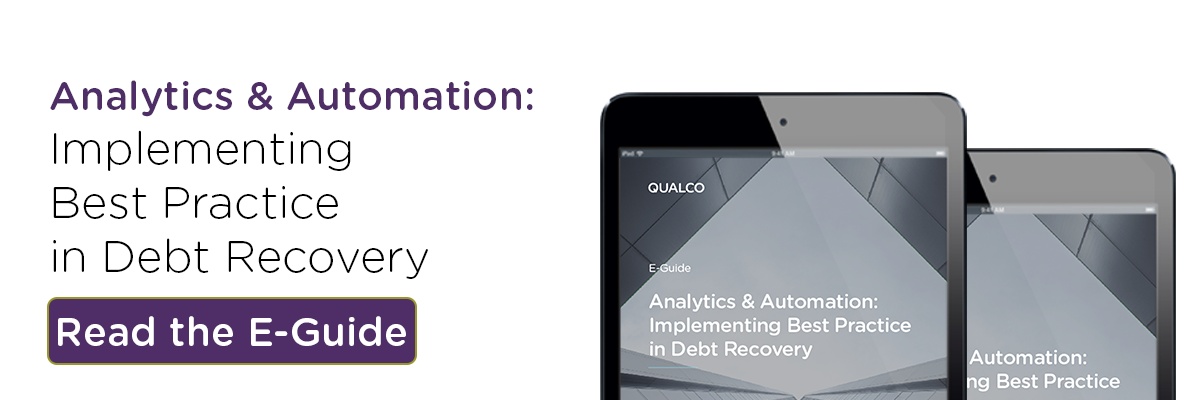The days of bolting analytics onto main strategies are behind us, with advanced technology informing both strategic and operations decisions.
Lenders and collections teams have traditionally bolted analytical tools onto their main strategies, using them to test ideas, segment accounts and validate approaches.
Now the landscape has changed. Advances in automation and analytics mean this technology needs to be elevated in the organisation, given equal billing rather than treated as an optional extra.
At QUALCO we believe operations and analytics should be seen as equal contributors, interacting to benefit each other throughout the credit lifecycle, instead of analytics being used as a “vertical” tool to be applied to specific problems in isolation.
Automation has clear direct benefits in operational efficiency: single agent views, guide scripts and dialler integration can significantly increase operator efficiency and lower training costs. Firms can achieve customer and accounts-based portfolio segmentation, automating customer contact via SMS, post and email. Back-office functions such as customer requests, direct debits and legal action support can all be integrated within the same architecture.
Rather than spending time on administrative tasks, collectors have more time to interact with customers. Analytical techniques mean they are more likely to be targeting accounts with a high propensity to pay as well as assisting complex cases or those with vulnerability.
As such, we need to consider the impact of every new capability in terms of both operations and analytics. This is true for both technology and business operations.
When adding new functionality to systems, every new operational capability needs a facility to collect appropriate data for analytics and receive analytics feedback to optimise the process. In business operations, changes should be driven by analytics and result in measurable benefits.
A uniform, automated approach to analytics means that they can be applied to any business problem. Those leading the field are deploying models that:
- Estimate customer response to letters Quantify probability to accept and honour arrangements
- Quantify probability to accept and honour arrangements
- Analyse effort allocation (such as call attempts)
- Pinpoint under-represented portfolio segments
- Identify accounts being given the wrong treatment
- Estimate when to call and how long to keep trying
- Price portfolios more consistently, accurately and with less manual effort
- Provide regulatory, management and investor reporting automatically.
The use of analytical tools enables organisations to make constant improvements in performance, giving a multi-dimensional and transparent view of collections results and determining where to focus resources to drive improvement.
For more information read our E-Guide: Analytics & Automation: Implementing Best Practice in Debt Recovery.
